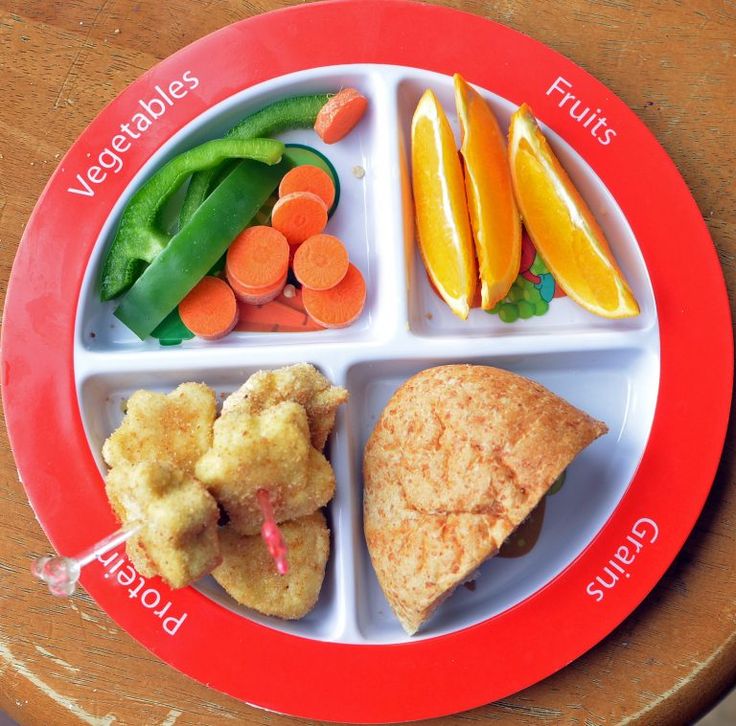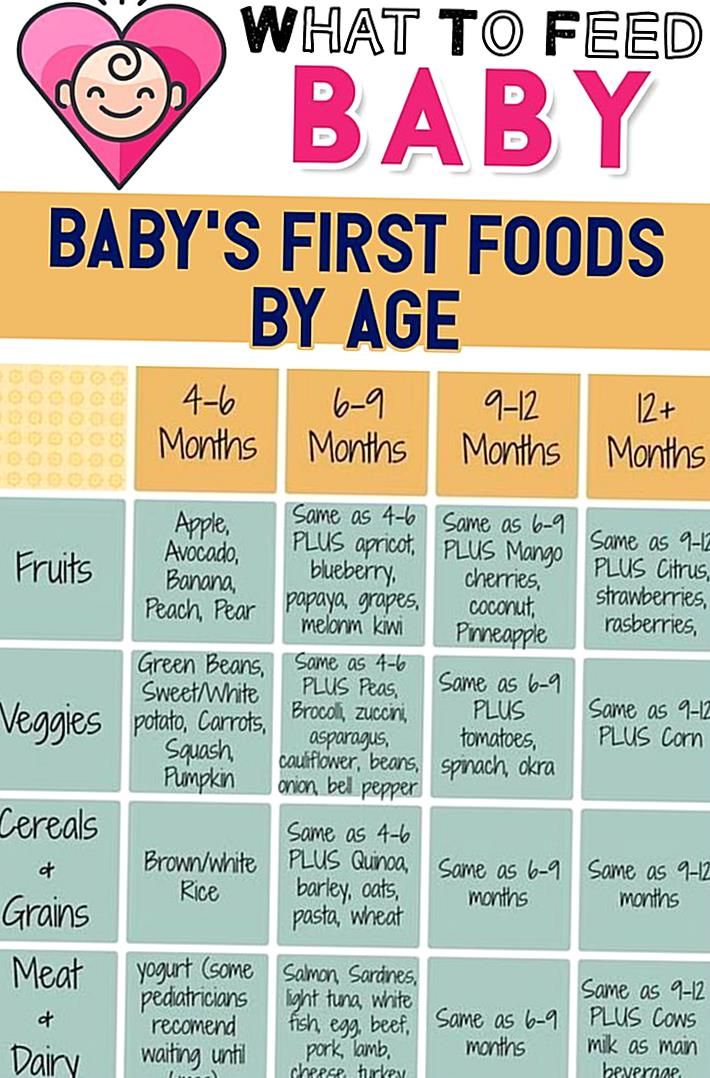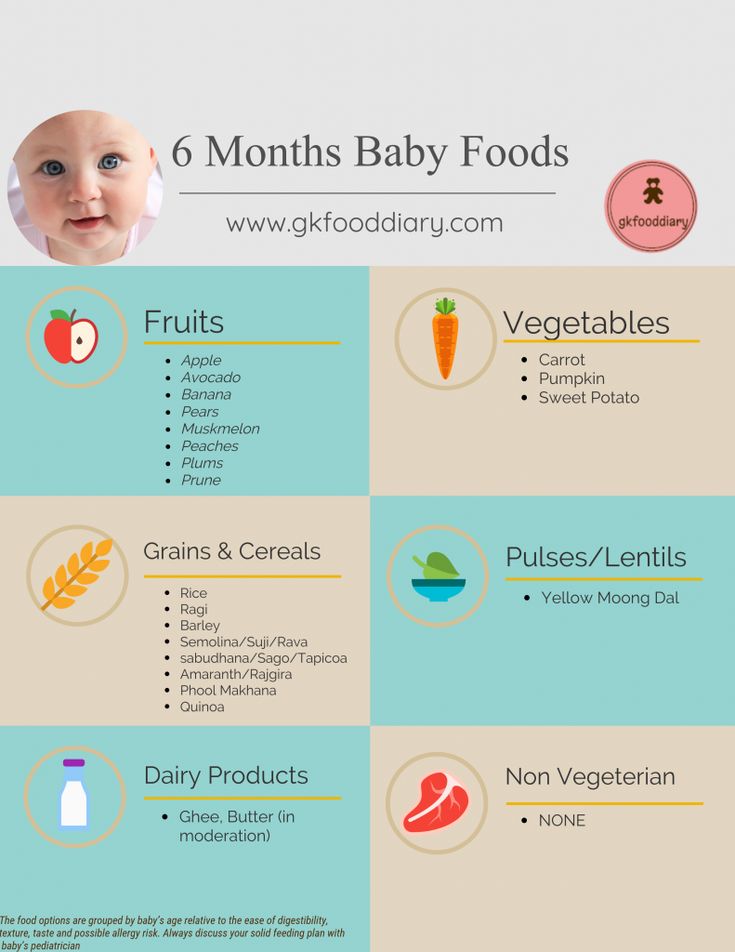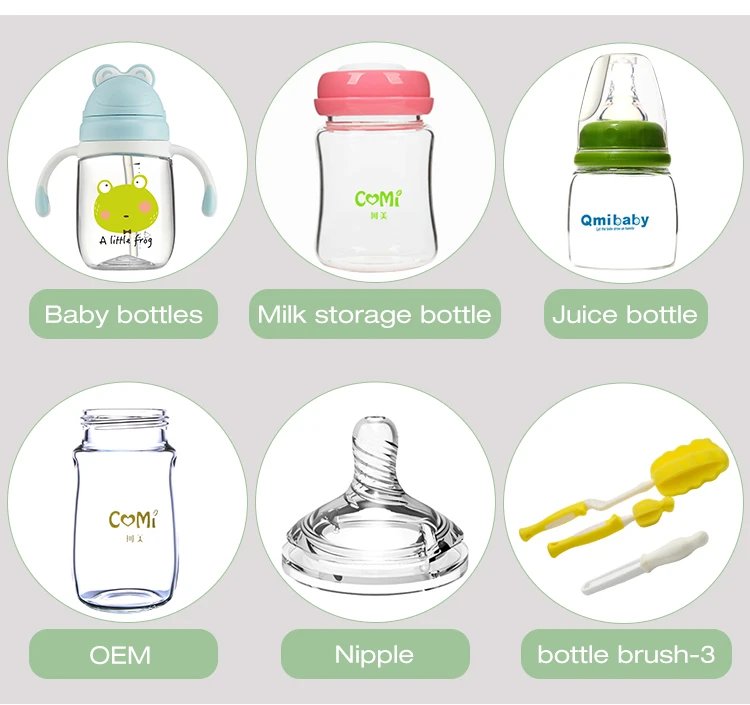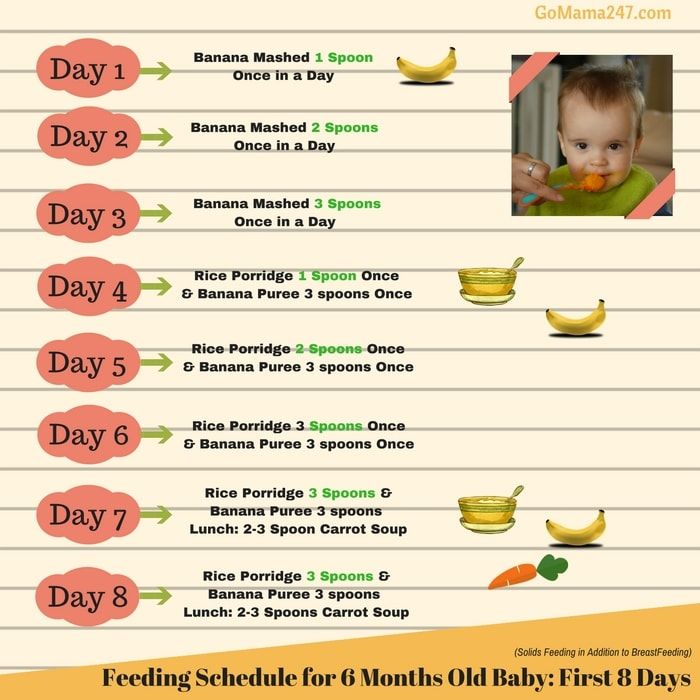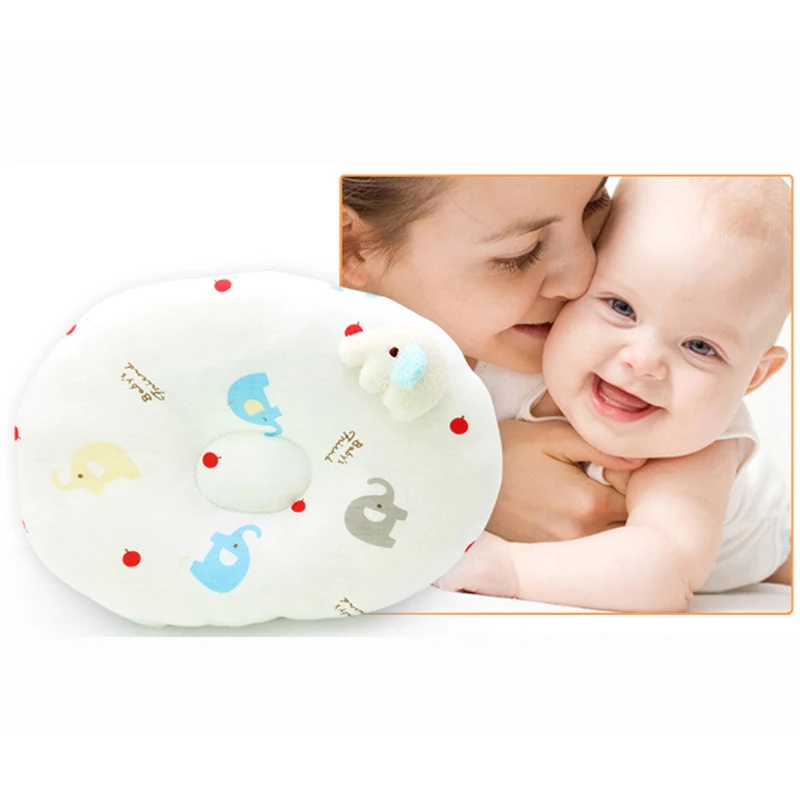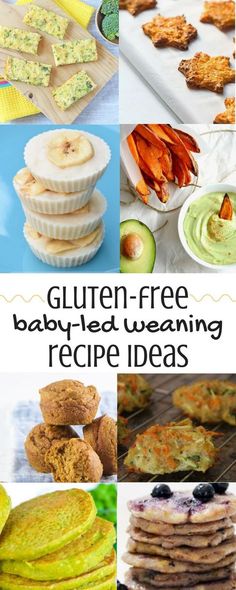Baby sized food
50+ Best Finger Foods for Babies (and Toddlers)
Introducing finger foods to your baby can be exciting and overwhelming! Here is everything you need to know about serving finger foods so that they are safe and delicious!
Jump to:- Baby Finger Foods - FAQ
- Choking vs. Gagging
- How to Serve Finger Foods to Baby
- Finger Foods for 6-8 Month Old Baby
- Finger Foods for 9-11 Month Old
- Finger Foods for 12+ Months
- Best First Finger Foods for Baby
- Real-Life Baby Food Ideas
Baby Finger Foods - FAQ
When is the best time to introduce finger foods to baby?
If you've decided to start solid foods by taking the baby led weaning approach, you will be introducing big, soft-cooked finger foods from the start.
If you are taking the traditional weaning approach of starting with purees, you will most likely start offering finger foods around 8-9 months of age when you and your baby feel ready to move forward with texture.
Regardless of which method you choose, the goal is to offer finger foods by 9 months at the latest.
Here is an in-depth post on purees vs. baby led weaning.
When can babies eat textured foods?
As soon as they are ready for solids!
I talk a lot about the importance of introducing a wide variety of flavors AND textures from early on, and that’s because research shows babies are much more willing and open to trying new foods than children between ages 2-8 as food neophobia has been shown to set in during this time (1).
Familiarity is a BIG part of taste and acceptance, and the earlier the exposure to all the different flavors and textures, the greater their acceptance.
If your baby stays on pureed textures for too long, it may be much more difficult to get them to accept different textures later.
In other words, early exposure has a significant impact in shaping food preferences and eating habits that are tracked into childhood and beyond (2).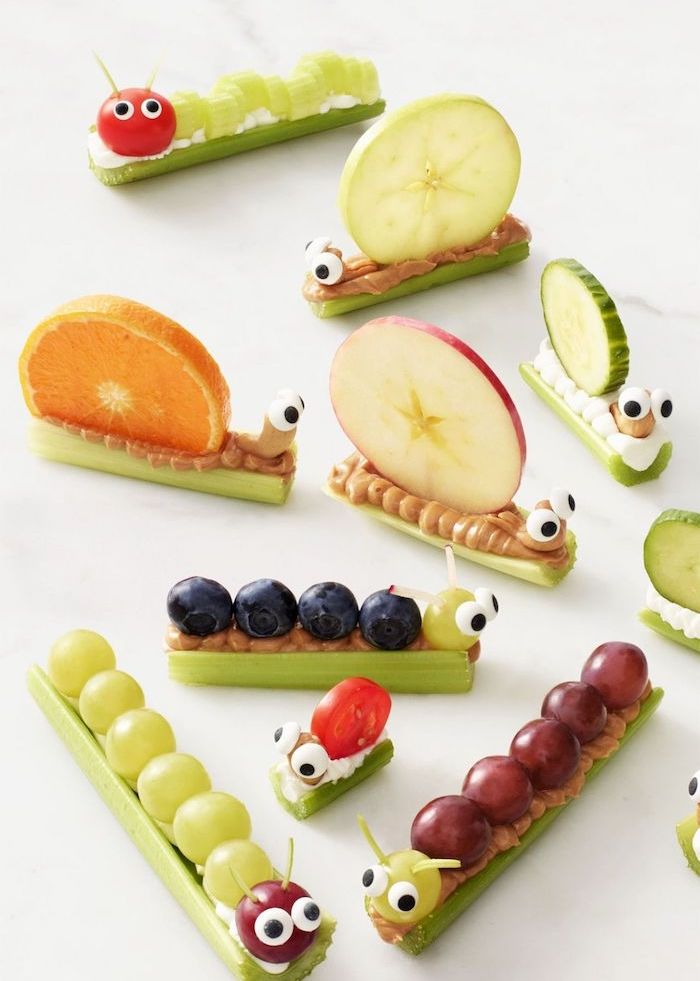
If you're feeling anxious about offering textured foods from the start and want to take the traditional weaning route where babies are spoon-fed purees or the combination approach (you do you!), here's how to safely move forward from purees to textured foods.
Whatever method you choose, the end goal is to introduce a wide variety of flavors and textures before the age of 1.
Can babies eat finger foods without teeth?
While you might think babies can’t eat foods that aren’t pureed until they have teeth, the reality is they don’t need teeth to enjoy table/finger foods.
I’m not sure if you’re aware of this but we actually chew with our molars, not the front teeth. And if you wait until the molars come in (normally around 12-18 months) to move on to table foods, you would totally miss that critical “window of opportunity” for developing food preferences.
Not to mention, failure to move from purees to textured foods by 9 months may lead to increased risk for feeding difficulties later in life (3).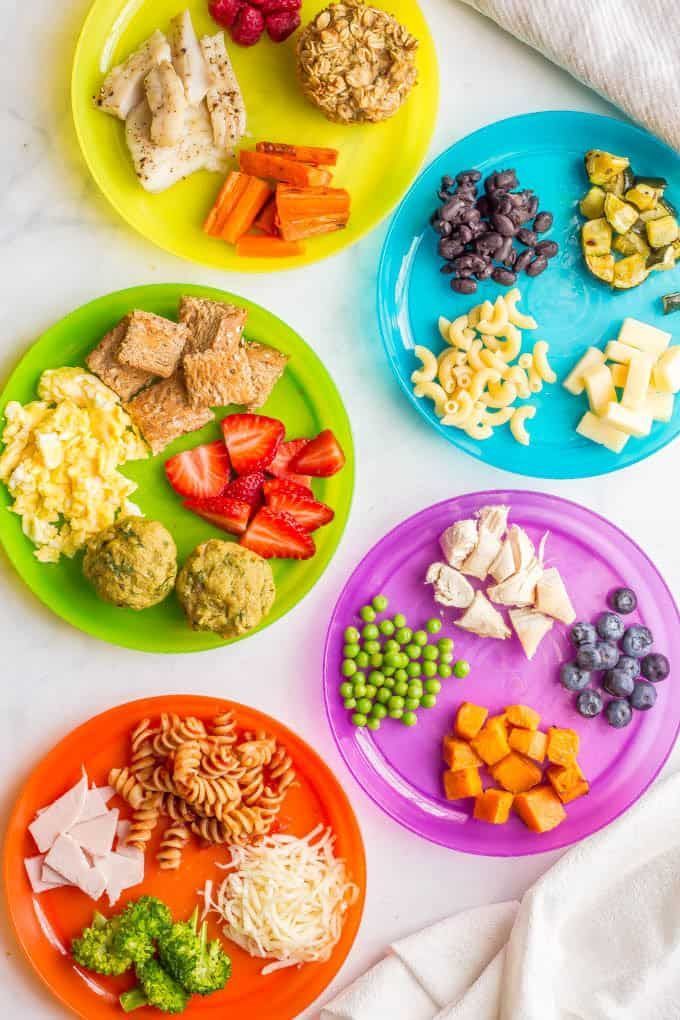
So how are they able to handle table foods without the molars? With their strong gums! I was totally blown away when I saw them in action!
And it is our responsibility as parents to make sure that the foods are appropriately cooked and served, and that’s what I want to share with you!
Do keep in mind, I’m sharing general timelines & guidelines here. What’s most important is to follow your baby’s lead as every child is so different and they develop at their own pace.
Is your baby 6 months old and up?
Learn all the secrets to starting solids safely while optimizing nutrition!
I NEED IT NOW!
Choking vs. Gagging
Research actually shows that there’s no greater risk of choking with baby led weaning in comparison to the traditional feeding practices (4).
Most important - avoid the choking hazards
for 6-12 months (from the CDC)Keep in mind, choking is different from gagging, which is very common and to be expected.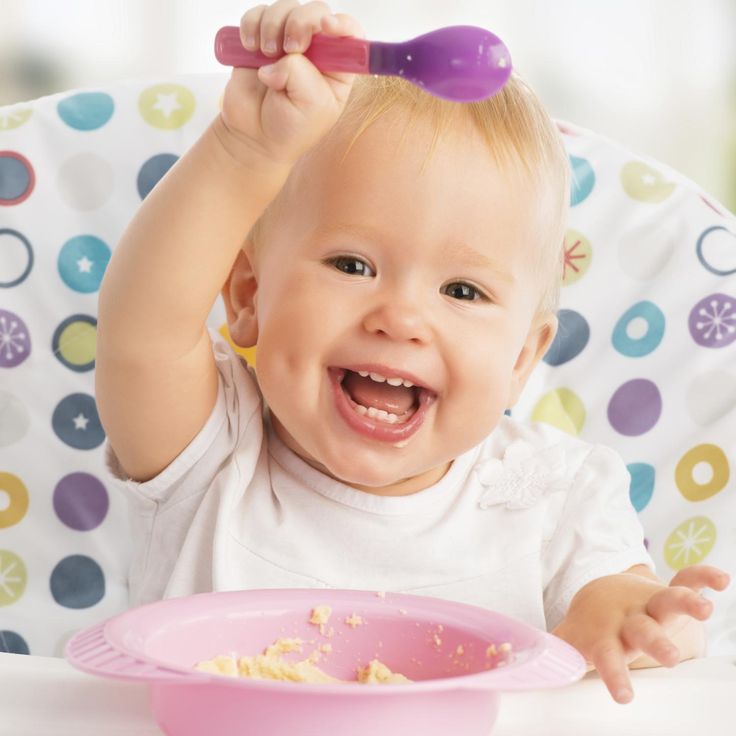 Gagging is a safety mechanism to prevent choking and contrary to how it appears, it doesn’t really bother the babies.
Gagging is a safety mechanism to prevent choking and contrary to how it appears, it doesn’t really bother the babies.
Sit on your hands, remain calm, and let them work through it. Do NOT try to fish out the food from their mouth. Here are some additional tips on how to get through the first month of baby led weaning.
How to Serve Finger Foods to Baby
how to serve zucchini to babiesIn this section, you will learn how to cut and cook the finger foods so they are the appropriate shape and texture according to age.
Finger Foods for 6-8 Month Old Baby
Food shapeCut so that the food is about the size of 1-2 adult fingers pressed together widthwise and the length of an adult pinky finger (or longer).
Contrary to what you might think, serving big pieces of food will actually minimize choking risk and make it easier for your baby to grab with their fist (referred to as the palmar grasp). Initially, everything will likely get demolished, but with practice, your baby will learn to have better control of hand force.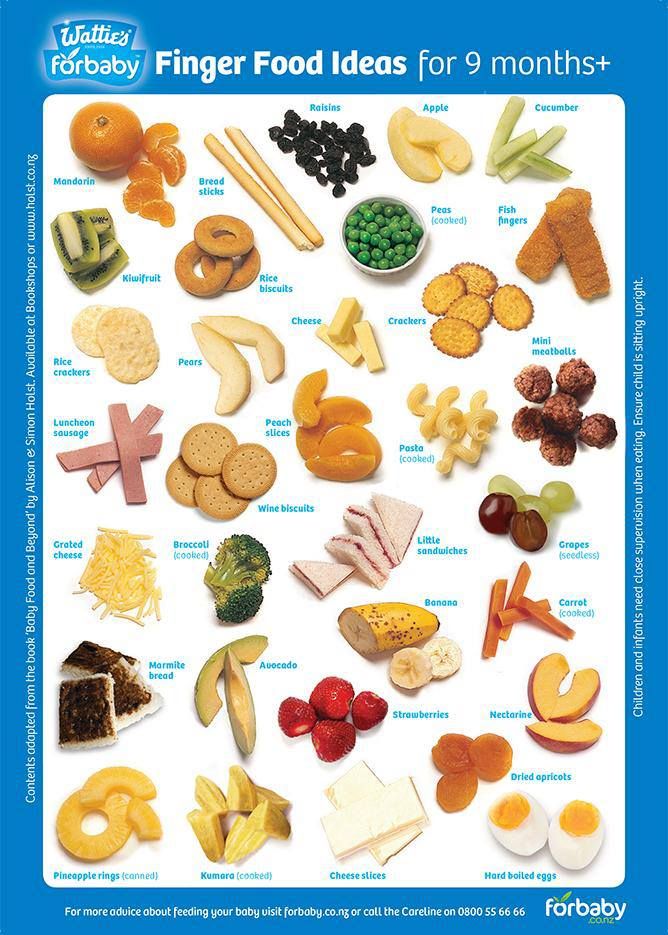
Foods should be firm enough to grasp but soft enough to easily smoosh between two fingers or mash with the tongue on the roof of the mouth.
Roll slippery foods in ground nuts, seeds, flour, etc to make it easier for your baby to pick up. Crinkle cutters can also be very helpful (this tool is great!).
Finger Foods for 9-11 Month Old
By this age, babies are learning to move food side to side within their mouths as well as forward and backward. They are also starting to learn the concept of biting (hopefully anyways).
ShapeYour baby is mastering their pincer grasp and able to pick up small pieces of food between the thumb and index finger. Therefore, you can begin to cut food into small bite-sized pieces.
But do continue offering larger pieces of food so they can learn to take bites.
TextureYou can start serving slightly firmer foods by shortening the cooking time for veggies, roasting more often rather than just steaming, etc.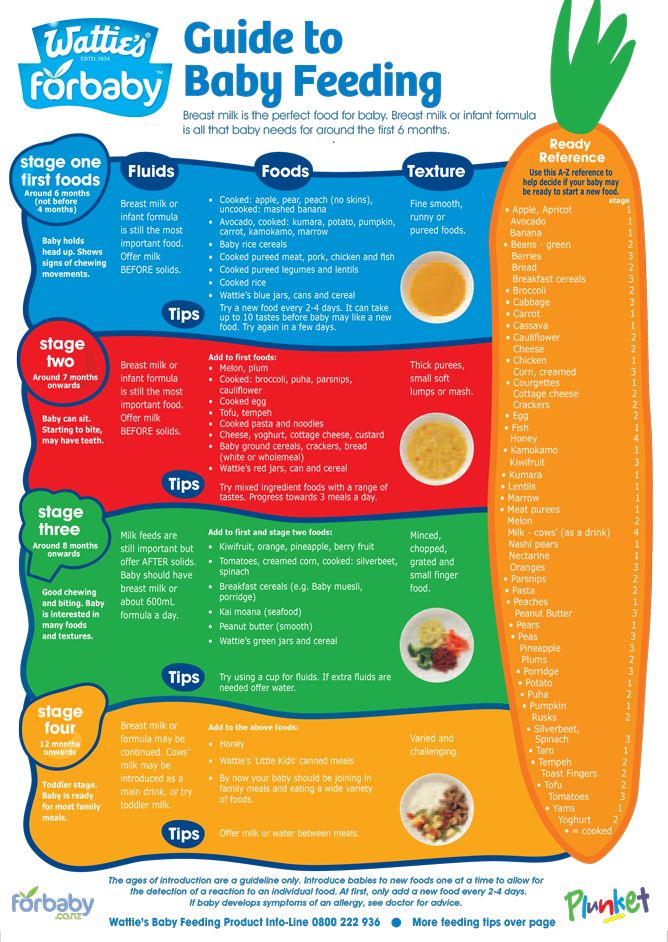 Depending on the number of teeth your baby has, chewing ability, and your comfort level, you can start offering finely grated raw fruits and veggies.
Depending on the number of teeth your baby has, chewing ability, and your comfort level, you can start offering finely grated raw fruits and veggies.
If your baby constantly turns into a competitive food eater (like mine did), here are some things you can do to help slow them down:
- Help set pace by placing small amounts of food in front of her at a time either directly on the table/tray or a plate. I personally just took the plate away every time his mouth was full and encouraged him to finish chewing before offering his plate again. It was tedious but worked well for us.
- Offer utensils (here are our favorites). Using it requires fine motor skills which will help slow down pace.
You may also be interested in: healthy baby snacks
Finger Foods for 12+ Months
ShapeAgain, try to encourage your child to learn to take bites by not cutting up the food as much. As always, role modeling can do wonders in helping them to learn this new skill.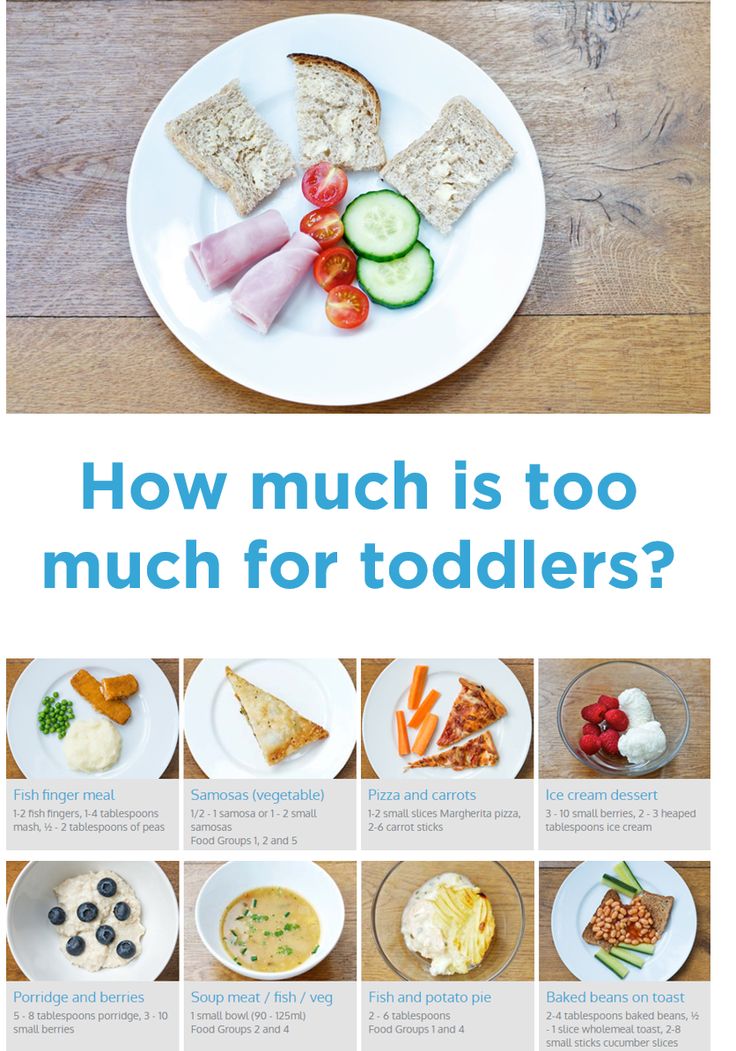
If your child is continuing to shove food, learn how to teach them to take bites.
TextureYou've done the hard work! At this point your child should be able to handle almost all textures and eating like the rest of the family. Can you start offering crunchy vegetables? Yes! Here's a guide on how to introduce raw vegetables to your little one in a safe and fun way.
Is your toddler becoming picky?
Arm yourself with these strategies that will transform your mealtimes!
YES, PLEASE!
Best First Finger Foods for Baby
Now that you know how to serve the food in an age-appropriate way, here's a master list of specific foods to enjoy with your baby!
Be sure to click on the links for more details on each of the specific foods.
Iron-rich Finger Foods for Baby
Iron is arguably THE most important nutrient for babies and it is one of the primary reasons that we start solids when we do.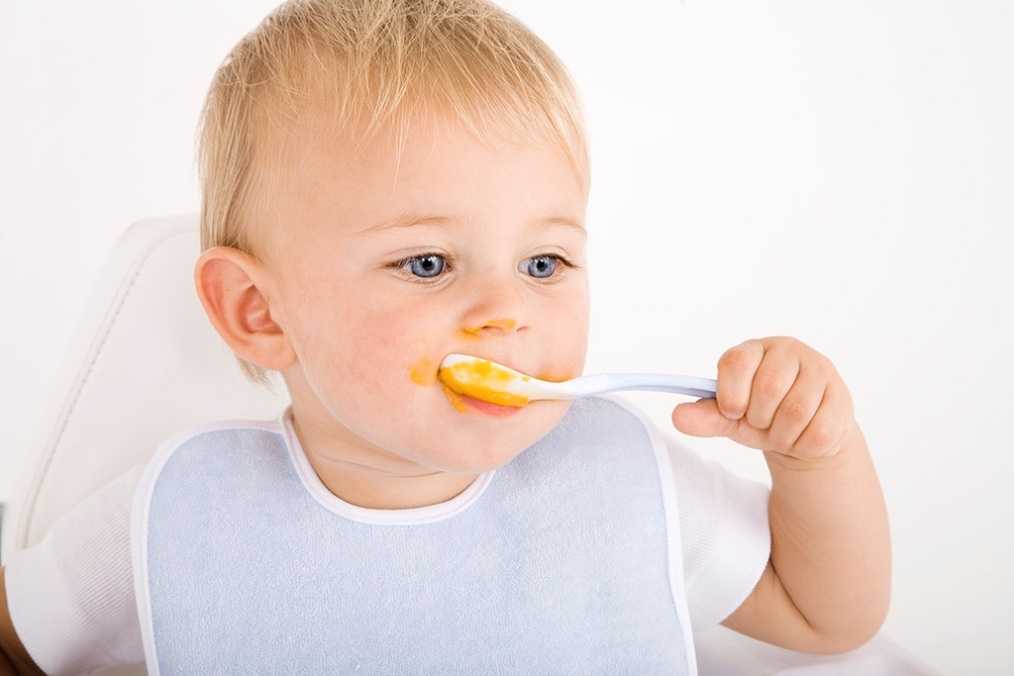 Be sure to incorporate one of these foods at every meal to help meet their high needs.
Be sure to incorporate one of these foods at every meal to help meet their high needs.
- Beef
- Beans
- Chicken
- Eggs
- Lentils
- Salmon
- Sardines
- Shrimp
- Tofu
Related: Top Iron-Rich Foods for Babies and Toddlers
Soft Finger Foods for Baby - Vegetables
- Asparagus
- Beets
- Bell peppers
- Broccoli
- Butternut Squash
- Carrots
- Cauliflower
- Parsnips
- Sweet potato - these sweet potato rounds are so fun!
- Zucchini
And as you see in the image above, do not be afraid to season your baby's food from the start!
Also check out: Vegetables for babies (with 30+ recipes)
Best Baby Finger Foods - Fruits
- Avocado - sliced into wedges or bite-sized pieces
- Apples - serve similar to pears
- Ripe banana - try soaking in peanut butter. Be sure to thin it out as globs of peanut butter or any nut butter is a choking hazard
- Blueberries - smashed
- Grapes - hold off until 9 months and be sure to serve quartered.
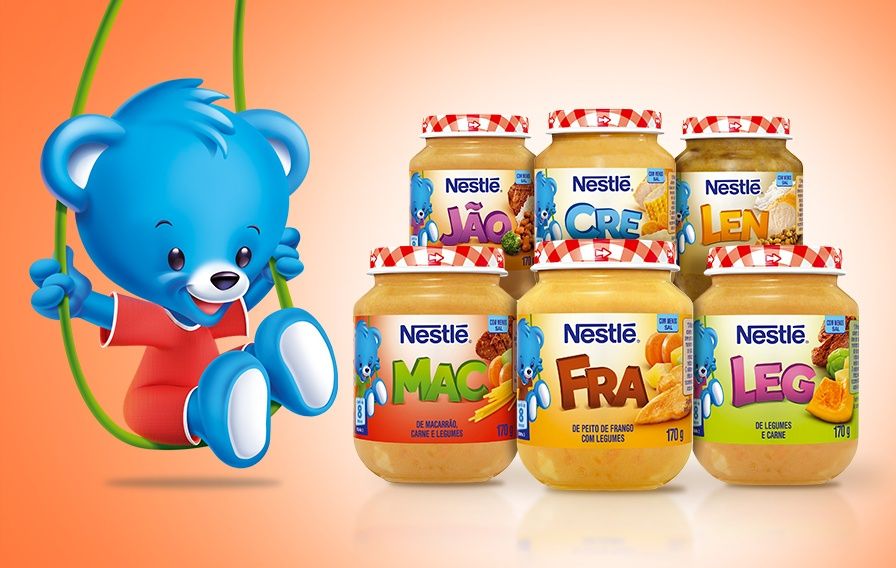
- Kiwi - Halves, quarters, bite-sized
- Mangoes
- Melons - large thin rectangles
- Pears
- Peaches
- Strawberries
First foods - Fruits vs. Vegetables
Whole Grains for Babies
Here are some quick and easy ways to incorporate more whole grains into your baby's diet. You will find that a lot of these recipes also contain protein, iron, fruits, and vegetables!
Homemade Baby Oatmeal
Learn how to cook the perfect oatmeal for baby. It's easy, fast, and loaded with vegetables! Serve as is or shape into fingers or balls, baby led weaning style!
Get the recipe
Savory French toast
This savory vegetable French toast or eggy bread is an EASY and fun way to use up leftovers. Suitable for babies 6 months and up!
Get the recipe
Baby Banana Pancakes
Made in a blender with simple ingredients, these banana pancakes for babies and toddlers make for a delicious and filling snack or meal.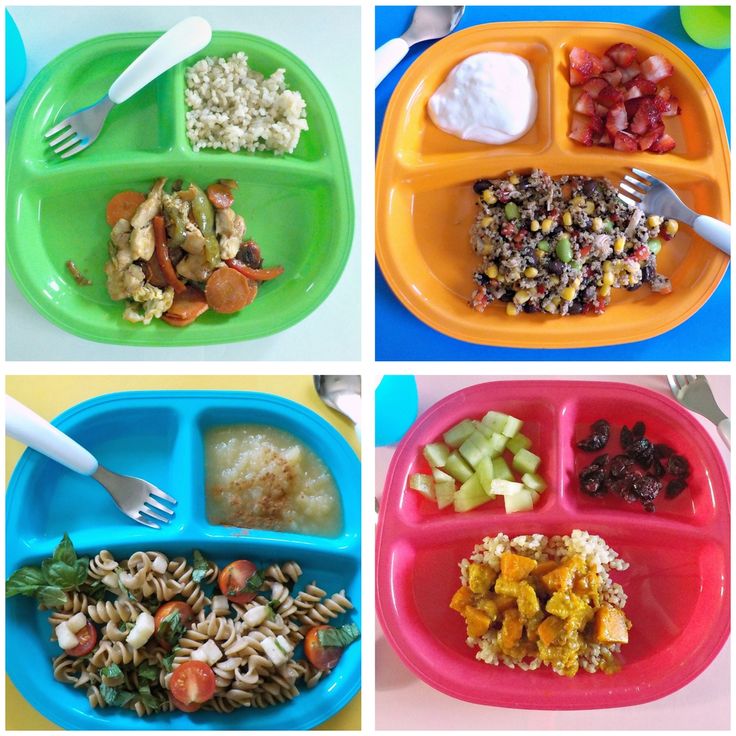 Fluffy and moist, if you are looking for a baby led weaning pancakes recipe, this is it!
Fluffy and moist, if you are looking for a baby led weaning pancakes recipe, this is it!
Get the recipe
Spinach Pancakes
These green baby pancakes are super easy to make, healthy, and the perfect finger food for baby led weaning.
Get the recipe
Strawberry banana pancakes
Made with simple, healthy ingredients, these strawberry banana pancakes are light, fluffy, and delicious! They contain no added sugar and are a delicious breakfast for the whole family!
Get the recipe
Healthy Blueberry Muffins for Babies
These blueberry baby muffins are sweetened with fruits only and loaded with nutrition! They're soft and moist, making them perfect for babies
Get the recipe
Healthy Beet Muffins for Babies
Made entirely with healthy ingredients, like beans, peanut butter, and no added sugar, these blender muffins can be enjoyed as breakfast, snack, or added to lunchboxes!
Get the recipe
Vegetable Waffles with Peanut Butter
EASY to make, healthy peanut butter vegetable waffles for babies and kids! A great way to enjoy more protein, fat, and veggies for breakfast.
Get the recipe
Savory Baked Oatmeal with Vegetables
This savory baked oatmeal is so easy to make and a great way to enjoy vegetables for breakfast! Perfect for baby led weaning and lunchboxes.
Get the recipe
Healthy Baked Strawberry Oatmeal
Super easy to make, this healthy baked oatmeal recipe with juicy strawberries and bananas is the perfect make ahead breakfast or snack for the whole family!
Get the recipe
Iron-rich baby pasta
A baby pasta recipe that is loaded with iron and vegetables!
Get the recipe
Real-Life Baby Food Ideas
at 7.5- monthsat 10-11 monthsAll the images you see in this article are actual meals I served to my babies.
If you are feeling confused and overwhelmed by what foods to serve, how to prepare foods so they are safe, how to introduce allergens and a wide variety of foods, how to adapt family meals so you don't spend hours slaving away in the kitchen making two separate meals every.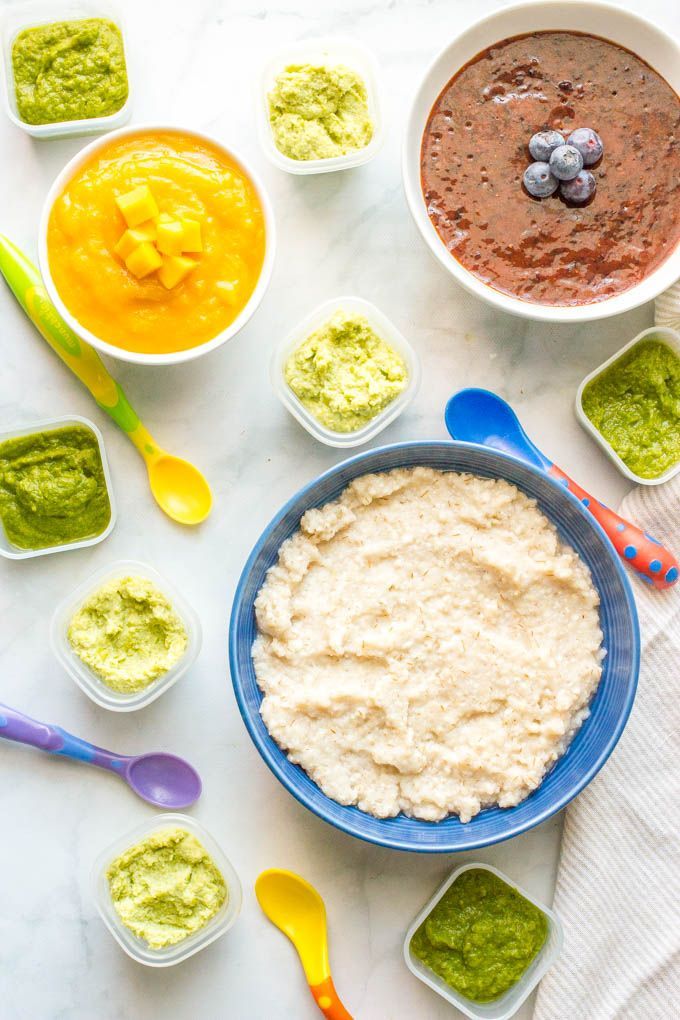 single.day, and on and on...
single.day, and on and on...
My 3 month program will save you time, energy, money, and sanity!
I’ve done all the hard work for you so all you need to do is follow the daily and weekly game plan and watch the cooking demos for EVERY.SINGLE.MEAL you will make for 3 months. By doing so you’ll be able to serve all the meals you see here plus 130+ effortlessly!
I’ve also heard from so many parents that an unexpected benefit to following this program for their baby was that it encouraged their older fussy eater(s) to start trying new foods and expanding their food choices.
Do you want to minimize picky eating and set a solid foundation for a lifetime of healthy eating habits?
Check out this 3 month mastering self-feeding program! It’s the closest thing to me being in your kitchen
And be sure to follow me on Instagram for more helpful videos!
Finger Foods for Babies (for Parents)
When babies begin feeding themselves — a new task most really enjoy — they'll find that they like trying new tastes and textures.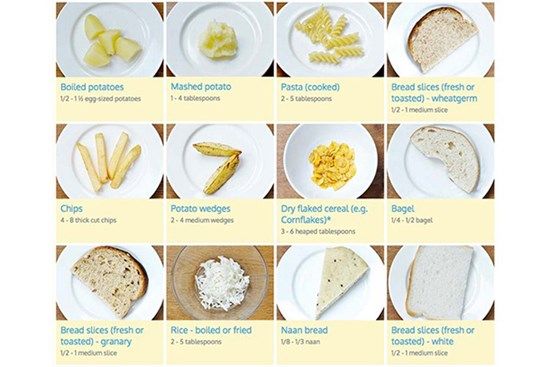
By the time they're 9 months old, most babies have developed the fine motor skills — the small, precise movements — needed to pick up small pieces of food and feed themselves. You may notice that yours can take hold of food (and other small objects) between forefinger and thumb in a pincer grasp. The pincer grasp starts out a little clumsy, but with practice soon becomes a real skill.
Let your child self-feed as much as possible. You'll still help by spoon-feeding cereal and other important dietary elements. But encouraging finger feeding helps your child develop independent, healthy eating habits.
Finger feeding — and using utensils a little later — gives babies some control over what they eat and how much. Sometimes they'll eat the food, sometimes not, and that's all part of the process of learning self-regulation. Even little kids can tell when they're hungry or full, so let them learn to recognize and respond to these cues.
What Should a Baby Eat?
Now that they're joining the rest of the family for meals, older babies are ready to try more table foods.
This means more work for whoever makes the meals for the family, but dishes often can be adapted for the baby. For instance, your little one can have some of the zucchini you're making for dinner. Cook that serving a bit longer — until it's soft — and cut it into pieces small enough for the baby to handle. Pieces of ripe banana, well-cooked pasta, and small pieces of chicken are other good choices.
Before giving your child a finger food, try a bite first and ask yourself:
- Does it melt in the mouth? Some dry cereals and crackers that are light and flaky will melt in the mouth.
- Is it cooked enough so that it mushes easily? Well-cooked veggies and fruits will mush easily, as will canned fruit and vegetables (choose ones without added sugar or salt).
- Is it soft? Cottage cheese, shredded cheese, and small pieces of tofu are good examples.
- Can it be gummed? Pieces of ripe banana and well-cooked pasta can be gummed.
- Is it small enough? Food should be cut into small pieces.
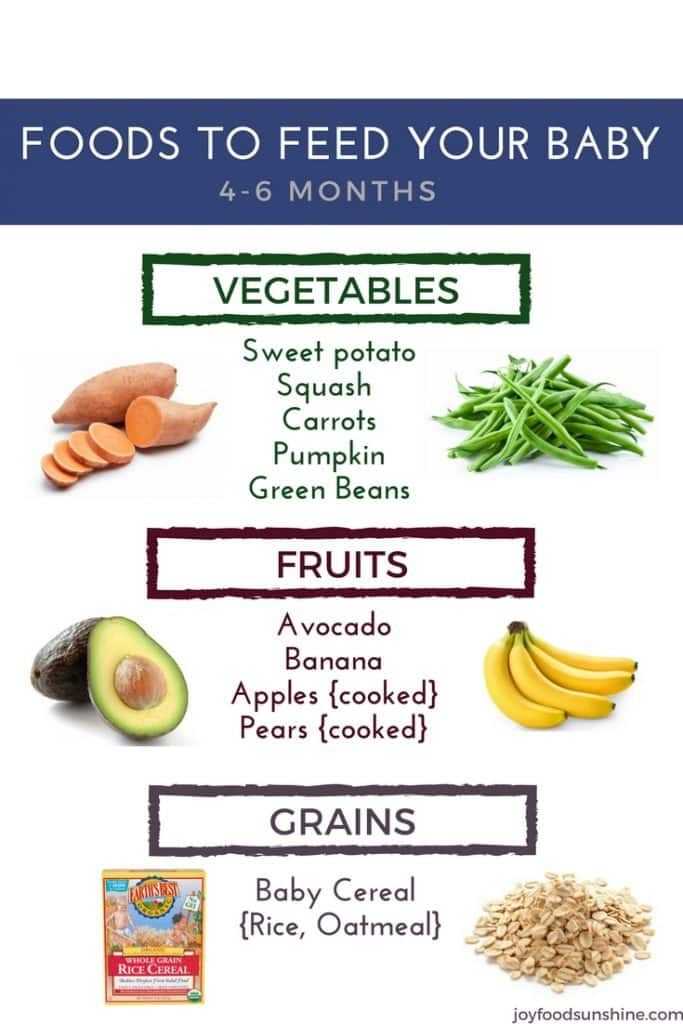 The sizes will vary depending on the food's texture. A piece of chicken, for instance, needs to be smaller than a piece of watermelon, which even a pair of baby gums will quickly smash.
The sizes will vary depending on the food's texture. A piece of chicken, for instance, needs to be smaller than a piece of watermelon, which even a pair of baby gums will quickly smash.
If your child doesn't like a food, don't let that stop you from offering it at future meals. Kids are naturally slow to accept new tastes and textures. For example, some are more sensitive to texture and may reject coarse foods, such as meat. When introducing meat, it's helpful to start with well-cooked ground meats or shreds of thinly sliced deli meats, such as turkey.
Present your baby with a variety of foods, even some that he or she didn't seem to like the week before. Don't force your baby to eat, but realize that it can take 10 or more tries before a child will accept a new food.
Finger Foods to Avoid
Finger feeding is fun and rewarding for older babies. But avoid foods that can cause choking and those with little nutritional value.
Choking Hazards
Parents and caregivers can help prevent choking by supervising the baby during eating. Foods that are choking hazards include:
Foods that are choking hazards include:
- pieces of raw vegetables or hard fruits
- whole grapes, berries, cherry or grape tomatoes (instead, peel and slice or cut in quarters)
- raisins and other dried fruit
- peanuts, nuts, and seeds
- large scoops of peanut butter and other nut or seed butters (use only a thin layer)
- whole hot dogs and kiddie sausages (peel and cut these in very small pieces)
- untoasted bread, especially white bread that sticks together
- chunks of cheese or meat
- candy (hard candy, jelly beans, gummies, chewing gum)
- popcorn, pretzels, corn chips, and other snack foods
- marshmallows
Hold the Sweets
At first bite, your baby probably will love the taste of cookies, cake, and other sweets, but don't give them now. Your little one needs nutrient-rich foods, not the empty calories found in desserts and high-fat snacks, like potato chips.
It's tempting to want to see the baby's reactions to some of these foods, but now is not the time. Grandparents and others may want to rush your baby into trying triple-chocolate cake or some other family favorite. Politely and firmly explain that the baby isn't ready for those foods. You can blame this tough love on your child's doctor — the doctor won't mind.
Grandparents and others may want to rush your baby into trying triple-chocolate cake or some other family favorite. Politely and firmly explain that the baby isn't ready for those foods. You can blame this tough love on your child's doctor — the doctor won't mind.
150 dishes with step by step photos
Recipes according to GOST for children in kindergarten from 1 to 7 years. Proven recipes with step by step photos, calories and cooking time. Breakfasts for children, lunches, dinners
Breakfast like in kindergarten Porridge like in kindergarten Soups like in kindergarten Second courses like in kindergarten Side dishes like in kindergarten Kindergarten vegetable recipes Desserts and pastries like in kindergarten Salads like in kindergarten nine0002 Children are often reluctant to eat in kindergarten. The food is unusual, not homemade, “strange”. But it often happens the other way around: “I want it to be like in a kindergarten!”. If this is your case, then this collection of kindergarten-style recipes is perfect for you and your child.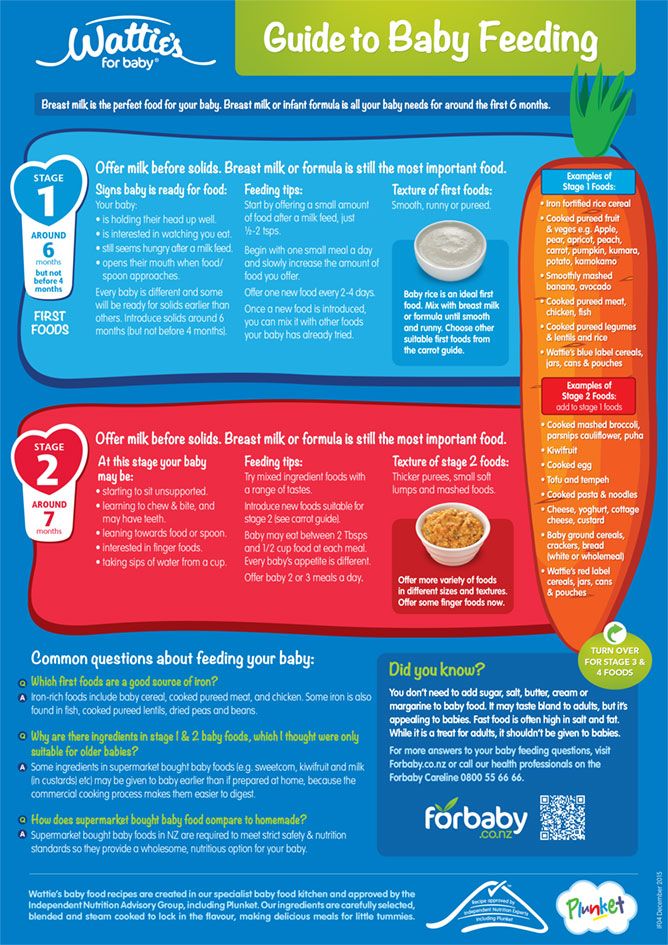 Read more
Read more
Quince has a pleasant aroma and delicate fruity taste, and can be used to make a variety of dishes, including delicious desserts.
With or without apples, with jam or sour cream, these pancakes are good for everyone. nine0003
Sauerkraut soup like in kindergarten is recommended for older children.
Kindergarten-style cheese omelette is a wonderful breakfast for the whole family. Due to the presence of cheese in the recipe, the omelet is not bland, so parents will also like it.
Oranges are citrus fruits that we see on the shelves of shops all year round.
Fish baked in an omelette like in a kindergarten - a dish that is absolutely predictable in taste. nine0003
So many parents experience their children's dislike for vegetables, and this is often frustrating.
Adding another great soup to my kindergarten recipe box. Bean dishes are always hearty and healthy, and green peas, moreover, not only cook quickly, but also please with their beautiful green color.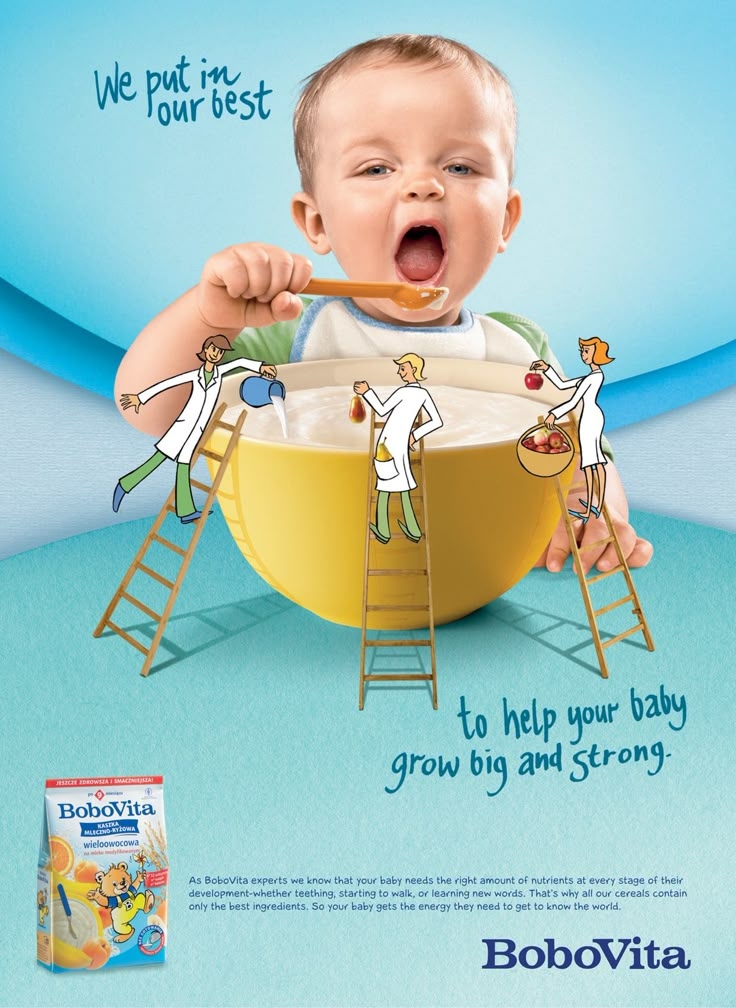
After a year, the children's menu expands significantly and one of the first dishes that are introduced into the diet of babies is puree soups. nine0003
Pretty satisfying, thanks to potatoes, and fresh, thanks to cucumber, the salad will surely appeal to children.
In winter and spring, it is recommended to introduce dried fruits into the children's diet, since fresh fruits at this time of the year contain much less vitamins and nutrients.
Another salad in the piggy bank of recipes according to the kindergarten's technological maps.
From the age of about a year, fruits are introduced into the child's diet. Of course, if a child has few teeth and still cannot chew pieces, then we can only talk about fruit purees. nine0003
I would never have thought that rabbit meatballs like in kindergarten can be so tender and juicy!
Carrots stewed with rice and prunes, like in kindergarten - hearty, tasty, slightly sweet and, thanks to prunes, very fragrant dish.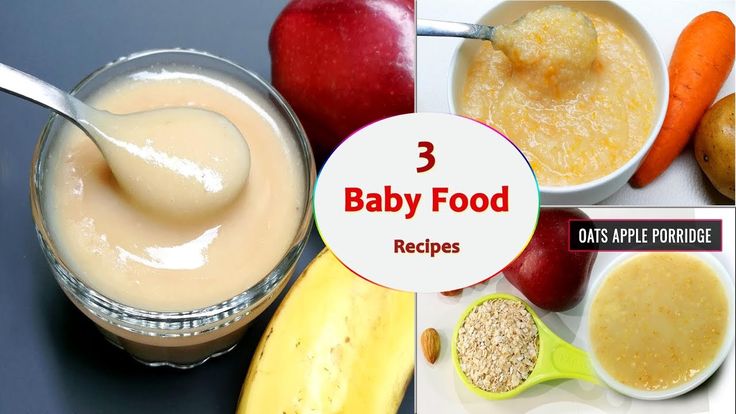
Almost everyone remembers this pasta and cottage cheese casserole, it was a frequent guest on the tables in many kindergartens.
Boiled pasta baked with eggs, as in kindergarten, is suitable not only for a children's table, but can also be an interesting side dish for people on a diet (suitable for diets No. 3, No. 4c, diets No. 6, 7, 8, 10 , 11 and 15). nine0003
Soup-puree from zucchini, like in kindergarten, turns out to be very tender, calm, pleasant to the taste.
How many children love cauliflower? I don't know them :) Usually, the very smell of boiled cauliflower already drives the children out of the kitchen, but not in this case.
Fish patties with vegetables baked like in kindergarten - quite an interesting dish.
Delicious and fragrant garnish with a golden crust is potatoes baked in sour cream, like in a kindergarten. nine0003
Now even small children know that it is healthy to eat vegetables, but few people realize that the color of these vegetables is also of great importance.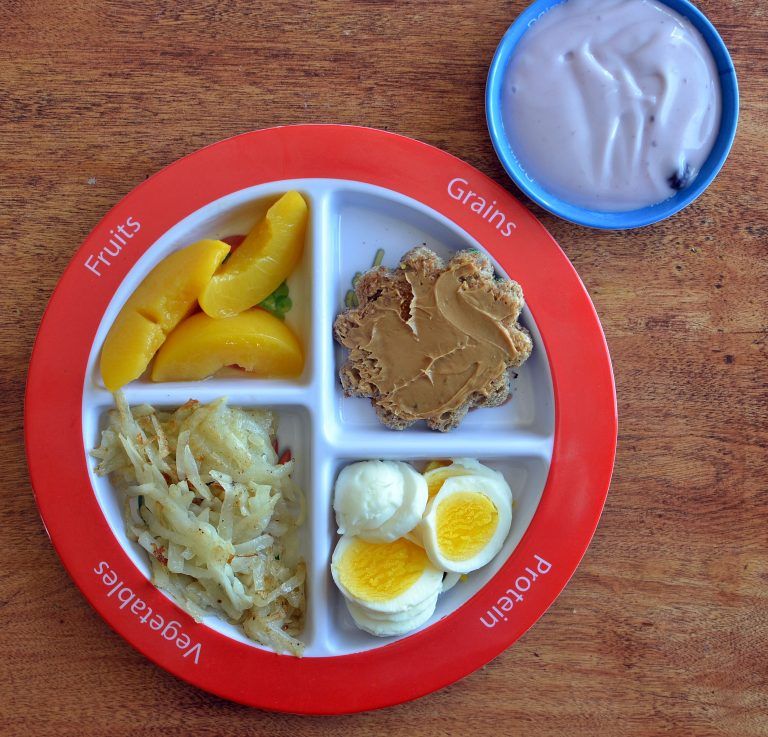
Delicious, hearty and healthy chopped chicken fillet with scrambled eggs and vegetables, cooked like in a kindergarten, the whole family will like it.
Using the most common and familiar products in every kitchen, let's cook krupenik like in kindergarten.
Children are often reluctant to eat in kindergarten. The food is unusual, not homemade, “strange”. nine0003
But it often happens the other way around: “I want it like in a kindergarten!”. If this is your case, then this collection of kindergarten-style recipes is perfect for you and your child.
In addition, all the recipes from this collection are prepared according to technological maps for preschool institutions and are ideal for organizing baby food.
If your "Nehochuha" eats mostly pasta and refuses to eat anything else, you will find suitable options here to diversify your child's diet. nine0003
For example, if a child eats semolina in kindergarten but refuses to eat it at home, you can find here the recipe for semolina in the form in which the child eats it in kindergarten.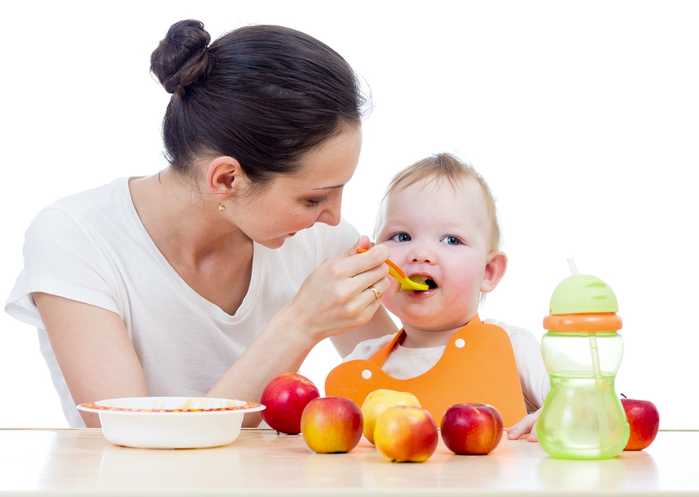
The same applies to recipes for other breakfasts, as well as soups, second courses and side dishes. The taste and appearance of the dishes is the same as in kindergarten. Suitable for children from 1.5 to 7 years and their parents. After all, we often have to eat up for our "Nehochuhs", don't we? :)
By the way, you will probably be interested in our training “ How to teach a child to eat right in two weeks? ” .
What is considered children's food in different countries - "Food"
Tell a Chinese or a Turk that for you the taste of childhood is beetroot soup and kvass: they simply will not understand you or even sympathize that children in Russia are not easy. Whether it's rice noodles or merdzhimek-chorbasy!
On the other hand, most Russian children do not perceive noodles with Asian sauces and lentil soup as normal food. nine0003
We asked different people who grew up in other countries or live abroad and raise children about what is considered baby food in different countries.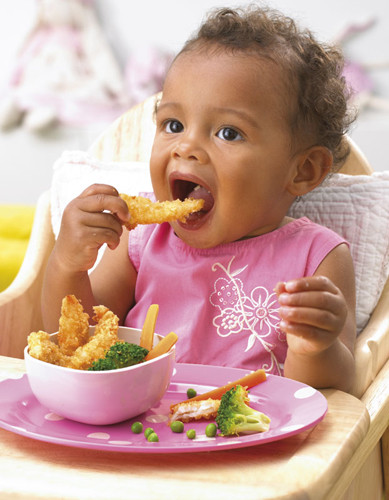
Italy
Italians are sentimental, they, like no one else, are important traditions, so children sit at the table with adults and from birth eat what they give: pasta, pizza and suppli - thick rice cakes stuffed with mozzarella, bacon or something, usually a couple of these patties are enough to last until the next meal. At 5 p.m. between lunch and dinner, many children receive bread with nutella and a glass milk, such an afternoon snack is fed even in monastic schools - and this is the first thing that comes to mind for Italian mothers, when it’s still a long time before dinner, and the child is already whining from hunger: Italians believe that lunch and dinner should be eaten at specially designated hours . And in Italy they calmly give coffee to children, almost two years old in the morning weak cappuccino is the norm. In addition, many Italian kindergartens practice two types of menu - winter and summer, the difference is small: in winter the sauce for pasta is denser, more meat and hot soups, in summer - fresher and brighter vegetables and fruits and eat cold soups. nine0003
nine0003
Israel
Israeli children eat hummus, pasta, schnitzel with potatoes fries (prescribed in almost all restaurant children's menus), a lot of dough, but the most important local baby food is sweets of all kinds. Israeli doctors universally believe that local children are obese. Like it or not, here is the most popular baby food in Israel. A variety of pastries - from buns to spinach to chocolate biscuits - sold on every corner, all playgrounds are littered with bags from neighboring shops. Chocolate butter - spread on a fluffy bun or eat with cookies, and at worst - scoop with a spoon. Sweet sodas - everything in Israel time you want to drink and you need to drink so that there is no dehydration, but many people forget that we are talking about a simple water. Ready-made breakfasts are gluten-free Apropo corn cones or wild neon corn flakes that tourists take home as souvenirs and are sometimes intercepted by Israeli security at the airport. Dairy desserts "Milki" - a popular local product, again, with chocolate or nuts, a white and lilac jar can be found in any refrigerator.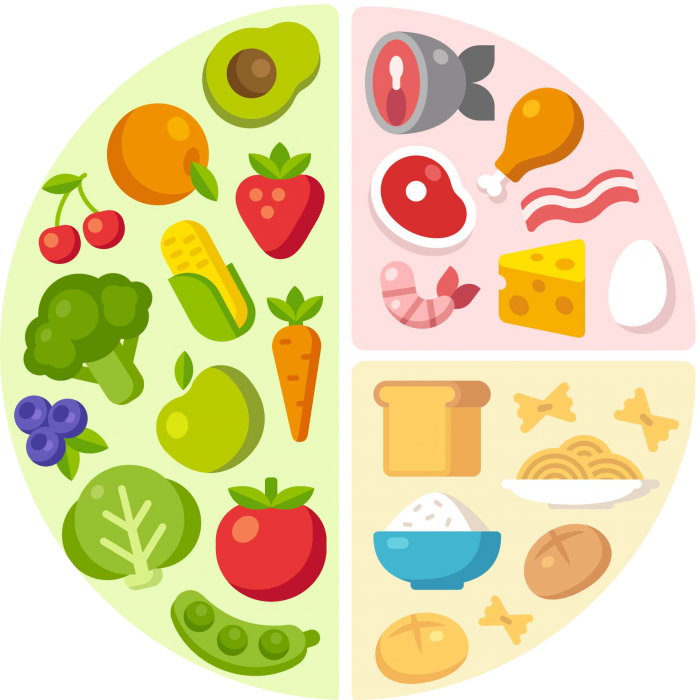 "Krembo" is a short-lived dessert consisting of whipped cream hidden in a thin chocolate shell. So fragile in all respects is a thing that dessert allowed to produce only in winter, in summer it is easy for them get poisoned. And the most insidious thing is "Bamba": peanut sticks made like corn sticks that are given flavors like strawberry. The first "Bamba" released at 1964, then it was made of cheese, and only two years later peanut sticks began to be produced. "Bamba" is considered gluten-free product, but even if it contained gluten, that wouldn't stop anyone. "Bamba" is eaten in heat and cold, at sea, at school, on the street, "Bamba" sticks to the palms, clogged between the fingers, crumbs from "Bamba" corrode the corners of the mouth, but it does not matter.
"Krembo" is a short-lived dessert consisting of whipped cream hidden in a thin chocolate shell. So fragile in all respects is a thing that dessert allowed to produce only in winter, in summer it is easy for them get poisoned. And the most insidious thing is "Bamba": peanut sticks made like corn sticks that are given flavors like strawberry. The first "Bamba" released at 1964, then it was made of cheese, and only two years later peanut sticks began to be produced. "Bamba" is considered gluten-free product, but even if it contained gluten, that wouldn't stop anyone. "Bamba" is eaten in heat and cold, at sea, at school, on the street, "Bamba" sticks to the palms, clogged between the fingers, crumbs from "Bamba" corrode the corners of the mouth, but it does not matter.
USA
American children love to eat fast food with which everything is great in the local market. From birth, they eat cereal breakfasts, in which America has excelled like no other. For example, Teddy Grahams - invented at 19'88 corn flakes in the form of bears with the taste of honey, nuts or chocolate, which turns breakfast into endless joy.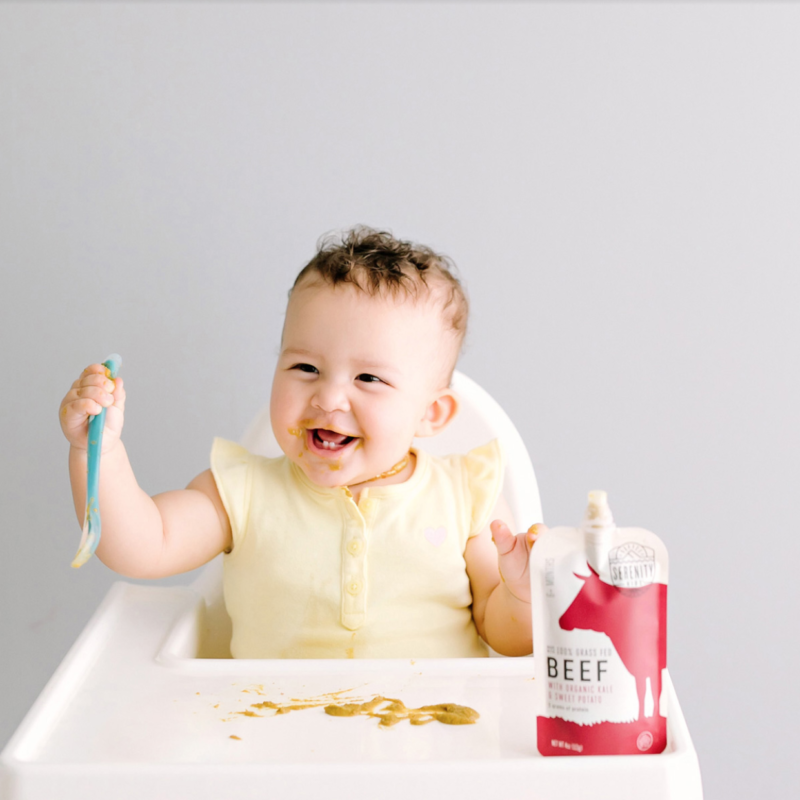 Some American mothers struggle with the poor appetite of their children with the help of bears - they persuade them to save the cubs drowning in milk, and few can refuse this (and no one is embarrassed that the rescued animals go straight into their mouths). Popcorn comes on the heels of bears Pirate booty! with a taste of cheddar and a lot other varieties that are usually eaten with milk. Corn flakes are eaten for breakfast, bags of popcorn are eaten at school, on a walk and at the movies. In addition, in the course of children and teenagers a lot of unhealthy food: quesadillas with different fillings, burgers, chicken nuggets of all shapes and sizes, a grilled sandwich with hot cheese, chocolate shakes and chocolate milk, peanut butter, which spread on bread and decorate with sweets m&m's, maple syrup fritters, goldfish crackers and orange juice that lives in every refrigerator. nine0003
Some American mothers struggle with the poor appetite of their children with the help of bears - they persuade them to save the cubs drowning in milk, and few can refuse this (and no one is embarrassed that the rescued animals go straight into their mouths). Popcorn comes on the heels of bears Pirate booty! with a taste of cheddar and a lot other varieties that are usually eaten with milk. Corn flakes are eaten for breakfast, bags of popcorn are eaten at school, on a walk and at the movies. In addition, in the course of children and teenagers a lot of unhealthy food: quesadillas with different fillings, burgers, chicken nuggets of all shapes and sizes, a grilled sandwich with hot cheese, chocolate shakes and chocolate milk, peanut butter, which spread on bread and decorate with sweets m&m's, maple syrup fritters, goldfish crackers and orange juice that lives in every refrigerator. nine0003
Switzerland
On the one hand, Swiss mothers follow carefully verified by pediatricians, the nutrition system for children, which includes cereals with fruits, complex carbohydrates (yes, the Swiss recommend giving children quinoa and bulgur) and a variety of vegetables. On the other side of the scale are children's menus in restaurants that all pay tribute to globalization: chicken nuggets and french fries, as well as including more traditional for the region, schnitzels and potato salad with onions and mayonnaise. Another tradition is Bircher Muesli for breakfast. This invention of a Swiss nutritionist is muesli (usually oatmeal) with nuts or berries, which in the evenings pour yogurt and insist overnight. nine0003
On the other side of the scale are children's menus in restaurants that all pay tribute to globalization: chicken nuggets and french fries, as well as including more traditional for the region, schnitzels and potato salad with onions and mayonnaise. Another tradition is Bircher Muesli for breakfast. This invention of a Swiss nutritionist is muesli (usually oatmeal) with nuts or berries, which in the evenings pour yogurt and insist overnight. nine0003
Turkey
Every self-respecting Turkish grandmother be sure to feed the grandchildren with soup tarkhana from the mixture of the same name. The usual tarkhana is tomatoes, green and red peppers, flour, yogurt or milk and yeast, but in the arsenal of every housewife there are secret ingredients - spices or aromatic herbs. The resulting dough is divided into small portions and dried until it begins to crumble, then it is ground into grits. The soup of the same name that children love to cook so much is tomato paste, fried in butter, tarkhana and water. Competing soup is thick lentil merdzhimek-chorbasy with tomato paste, butter, mint, cumin and thyme. Everything is very satisfying and high in calories. Consistency - on the conscience of each grandmothers. It’s not a fact that grandchildren enjoy soups just like their grandmothers, because lahmacun (Turkish variation of pizza) is much tastier than some sort of soup. Healthy a component of the children's table is ayran or natural yogurt. nine0003
Competing soup is thick lentil merdzhimek-chorbasy with tomato paste, butter, mint, cumin and thyme. Everything is very satisfying and high in calories. Consistency - on the conscience of each grandmothers. It’s not a fact that grandchildren enjoy soups just like their grandmothers, because lahmacun (Turkish variation of pizza) is much tastier than some sort of soup. Healthy a component of the children's table is ayran or natural yogurt. nine0003
Australia
On the smallest continent consider muffins, thick pancakes with sweet sauces, sandwiches, sausage rolls (sausages in puff pastry or pies with meat stuffing), icy pols (lemon water ice with sugar). In general, everything that can be called finger food - food, which is easy to eat with your hands. A set with a completely global character. distinctive Australian feature - fairy bread (fairy bread is toast covered with small multi-colored dragee, which Easter cakes are usually decorated with in Russia) and Anzac cookies - oatmeal with coconut and molasses or honey.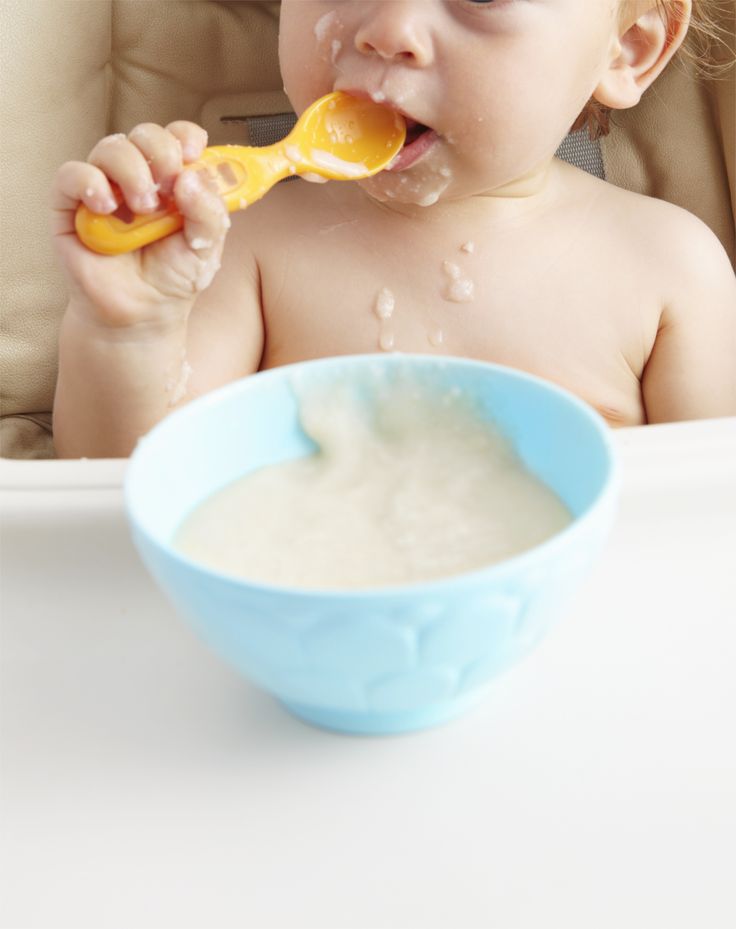 During the First World War, he was sent relatives serving far from their homeland, because it endured well transportation, actually ANZAC stands for "Australian and New Zealand Army Corps. Now they eat cookies with pleasure Australian students. nine0003
During the First World War, he was sent relatives serving far from their homeland, because it endured well transportation, actually ANZAC stands for "Australian and New Zealand Army Corps. Now they eat cookies with pleasure Australian students. nine0003
India
All the best for children, and the best, according to the average Indian, what? Beautiful and sweet. Indian children eat almost the same as adults, except that rice and cereals and dairy products are often shaded with sugar, and in large quantities quantities, and desserts are intensely colored as in the midst of Holi. AT go sweet milk noodles, similar to those given to children in the USSR, however, in In India, it is used as a dense dessert. Honored in cities an adapted version of American fast food - vegetarian spicy burgers, French fries. More traditional foods are ice cream (kulfi), semolina (shira), and sweet lassi and bananas—raw, dried, sweet, and baked. Also vegetable-based ice cream. fat with impossible color dyes, multi-colored ice in acid syrup shades and international pizza and chicken nuggets, but seasoned curries. Everything together is like the India that we see in Bollywood films: festive, sweet, bright and energetic. nine0003
Everything together is like the India that we see in Bollywood films: festive, sweet, bright and energetic. nine0003
Greece
Greek children probably sit on one of the healthiest diets: in the morning muesli with goat's milk and Greek yogurt, at lunch and dinner - pasta and souvlaki, small kebabs on wooden sticks. First, they are portioned, the meat in souvlaki is finely chopped, and it is convenient for children, secondly, it is baked on grill. Those whose teeth have not yet come out are given moussaka - Greek vegetable casserole with meat and spices. Because the Greek cuisine is impossible without olive oil and oregano, these two tastes are children know from birth, and oil and oregano are boldly poured and poured into even the most sparing children's meals. From the sweet - a lot of filo pastries, puddings and semolina pies soaked in orange syrup, chocolate-nut pasta "Merenda" and local chocolate "Lakta". Of the international joys - french fries, which the Greeks put in gyros (a kind of shawarma).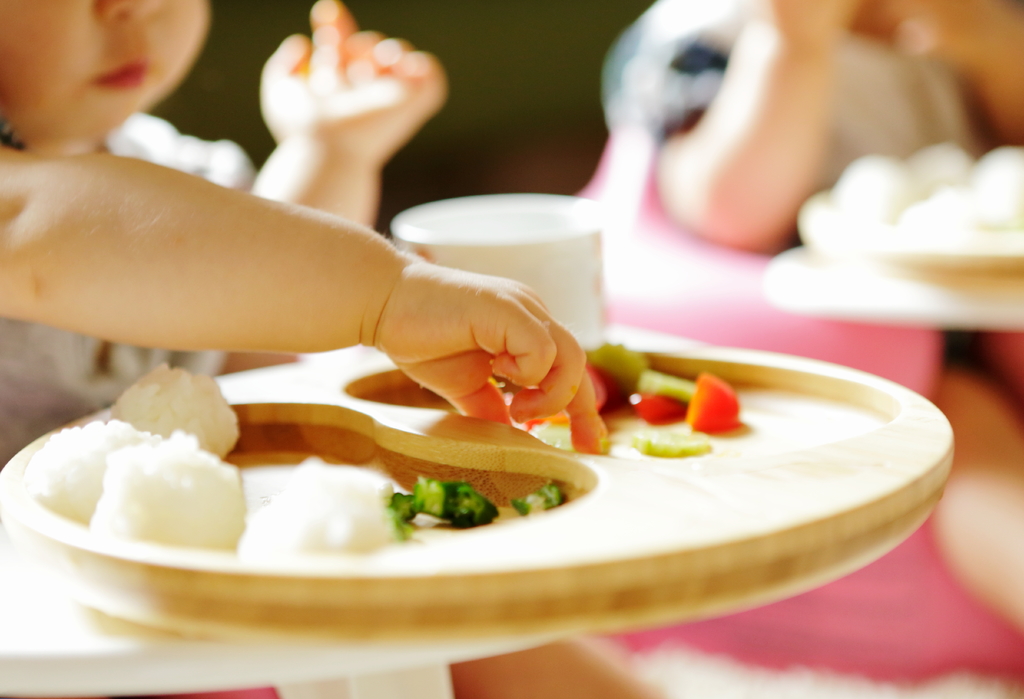 nine0003
nine0003
UK
No easier approach come up with. Children's food is chips and everything that you can eat with your hands, and everything that children generally want to eat. The set is predictable: fish sticks in batter with French fries (that is, fish and chips), cheese and ham sandwiches, burgers with chicken breast, as well as sausages with mashed potatoes, macaroni and cheese and spaghetti bolognese. The real battlefield is still rice pudding. In the first half of the 20th century, rice cooked to a creamy state with milk and nutmeg nuts (at best) or rice porridge (at worst) were indispensable element of baby food both at home and in schools. It was believed that rice is satisfying, useful and cheap. Those who are lucky enough to eat pudding, and not boiled in rice milk, promote the food of their childhood, those who are unfortunate are just as hate her passionately. nine0003
France
Not yet forgotten processed cheese in a package with a laughing red cow? Well, Vache qui rit is the number one French baby food.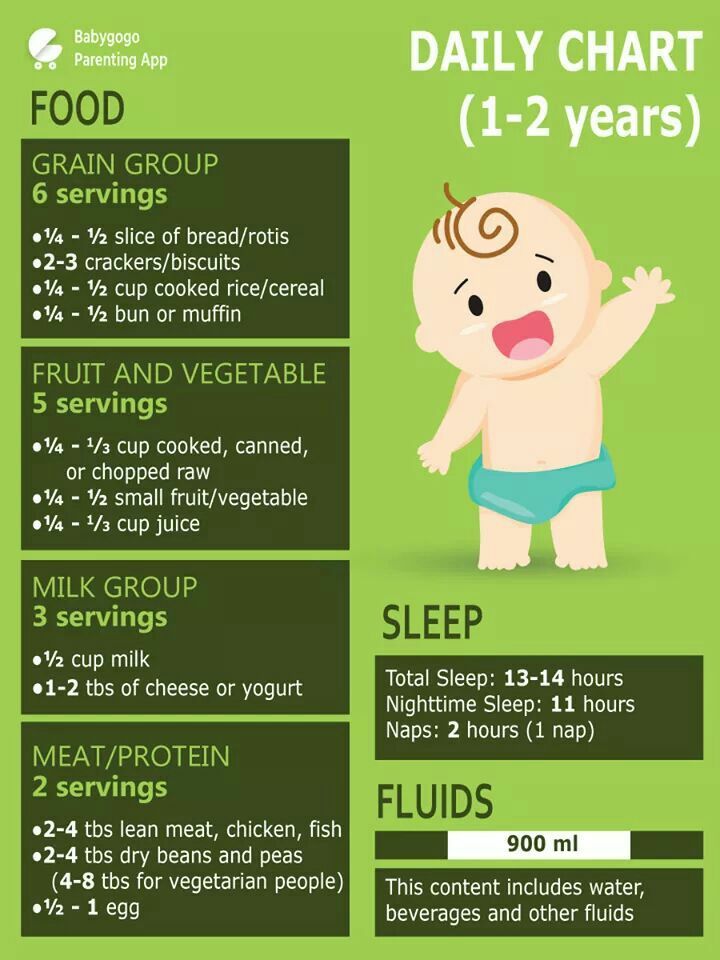 although in fairness it should be noted that in France a cheerful cow advertises not only cheap processed cheeses, but also quite healthy fresh ones cottage cheese. Only the snow-white man from the package competes with the cow cream cheese P'tit Louis. These curds are sold immediately with gressen (they are also grissini), and, perhaps, this one of the healthiest baby snacks you can think of. Food is not for everyone day, but from this even more desirable - pancakes with nuttella. Traces of globalization - chicken nuggets, macaroni and cheese and breaded fish fingers - here too popular, but not as popular as slices of bread with an egg in a bag - mouillette. The bread is cut into long strips, the top is removed from the egg and the bread is dipped into the liquid yolk. And fun, and tasty, and useful. nine0003
although in fairness it should be noted that in France a cheerful cow advertises not only cheap processed cheeses, but also quite healthy fresh ones cottage cheese. Only the snow-white man from the package competes with the cow cream cheese P'tit Louis. These curds are sold immediately with gressen (they are also grissini), and, perhaps, this one of the healthiest baby snacks you can think of. Food is not for everyone day, but from this even more desirable - pancakes with nuttella. Traces of globalization - chicken nuggets, macaroni and cheese and breaded fish fingers - here too popular, but not as popular as slices of bread with an egg in a bag - mouillette. The bread is cut into long strips, the top is removed from the egg and the bread is dipped into the liquid yolk. And fun, and tasty, and useful. nine0003
Armenia
In terms of baby food Armenian children are very mature: from an early age they eat the same as everyone else the rest, without being capricious: cheeses, herbs, barbecue.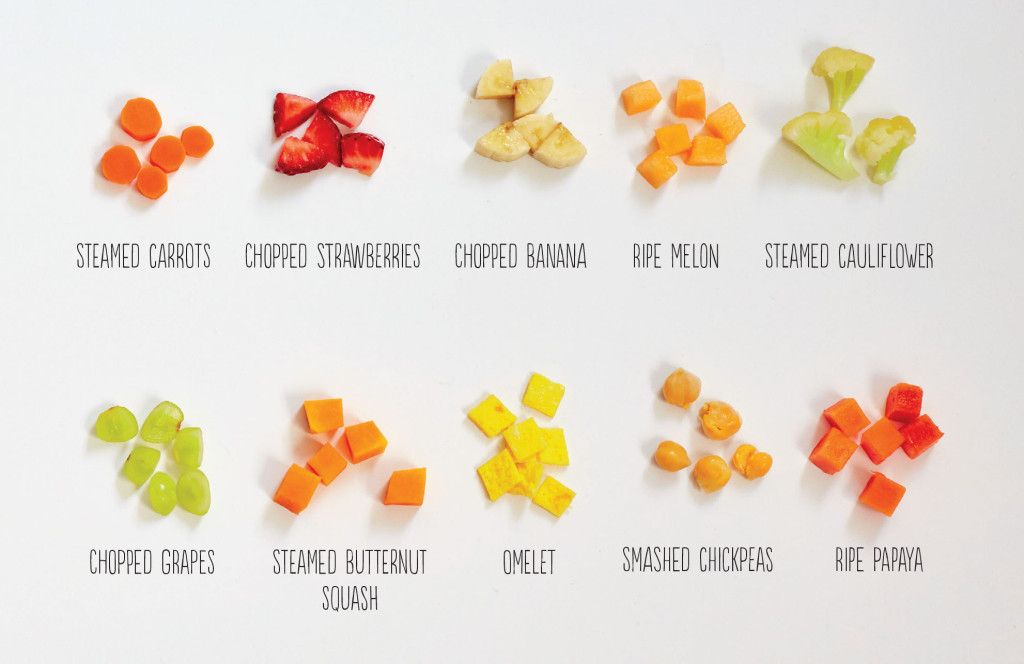 If grandmothers want pamper your grandchildren, they cook porridge for them! Katnov - milk rice with vanilla (and Armenian children, unlike English children, gobble it up on both cheeks, apparently, the point is not in rice, but in the ability to cook it). And havits porridge is cooked on water with fried flour and butter. Despite the boring composition, it is very tasty and hearty porridge, because sugar, cinnamon, cloves are added to it. nine0003
If grandmothers want pamper your grandchildren, they cook porridge for them! Katnov - milk rice with vanilla (and Armenian children, unlike English children, gobble it up on both cheeks, apparently, the point is not in rice, but in the ability to cook it). And havits porridge is cooked on water with fried flour and butter. Despite the boring composition, it is very tasty and hearty porridge, because sugar, cinnamon, cloves are added to it. nine0003
Sweden
Swedish children, probably the most disciplined and gastronomically erudite children in the world. Since childhood they know about fredags mues - delicious things on Fridays. adults buy themselves wine, and for children traditional cinnamon and cardamom buns and open pies with berries and vanilla cream. The rest of the time their menu is a little different from Russian: potato casseroles with meat, chicken noodles, pancakes, meatballs, nettle soup. And no whims: on ordinary days, meatballs with cranberries sauces, on Friday - sweet.